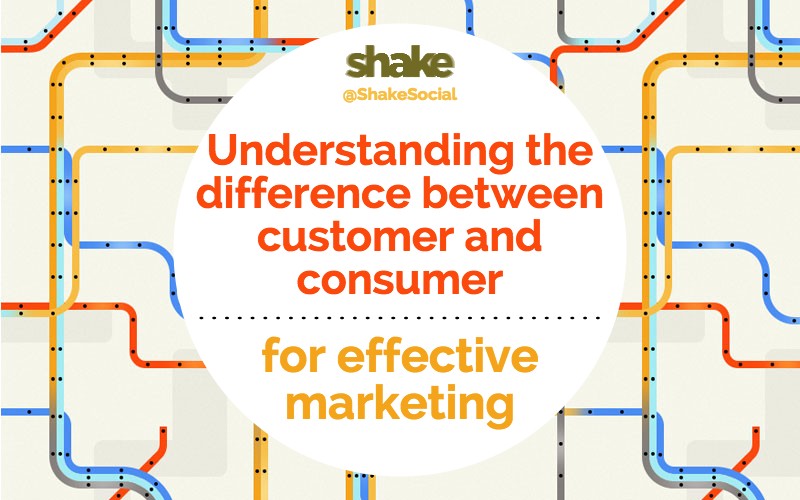
When beginning a marketing strategy for a business, it’s important to understand the differences between a customer and a consumer. The most commonly accepted distinction is that the customer is the person who pays for the goods or services, whilst the consumer is a person who makes use of the product or service. A rule of thumb should be that your marketing appeals to both customer and consumer, but there are often exceptions and conditions to this. Whatever your product or service, you need to make sure that you’re considering what kind of person your consumer and customer might be. Here are some of the combinations that these two types can take:
A sole person is both the customer and the consumer
The simplest of the combinations, this is a person who buys the product and is the sole person who uses the product. Example: A person who buys himself or herself a new razor and uses it for hair removal.
The customer is the consumer in addition to others who also act as consumer
In this instance, a person who purchases a product or service shares their purchase with others, for group consumption. A great recent example of this is the release of the Fifty Shades of Grey film. Because the majority of customers and consumers were predicted to be female, the film was released on Valentine’s Day weekend, and thus implicitly marketed as a couple’s activity. Therefore, afemale customer buying tickets for herself and her boyfriend would create a pair of consumers that included, in this case, her partner.
One person is the customer, a completely separate person is the consumer
This usually involves the customer buying something on behalf of someone else, and not becoming consumers of the product themselves. An everyday example of this is a mother who buys baby food for her small infant, but another common example is a customer purchasing an item as a gift for an intended recipient. In this case, marketing strategies must convince the customer of the appeal of the item to the recipient.
In some more unusual situations, the person can be the pseudo-customer
In this situation, the intended consumer selects a product, whilst another person assumes the role of customer and purchases the product, before the original selector assumes consumption of the item or service. A general example of this is children’s clothing. A child might pick their own pair of shoes, which their parent then agrees to purchase, before the child becomes the wearer of the shoes. The marketing here is very complex, as specific aspects of the marketing need to be appealing to the consumer (design, function, branding) whilst other aspects must be agreeable to the customer (price, durability, sensibility).
With these combinations in mind, have a think about your own customers and consumers, and consider whether your current marketing strategies are appealing to the right people. Could there ever be exceptions, or situations in which your strategy might need to be adapted?
By Olivia Rose French